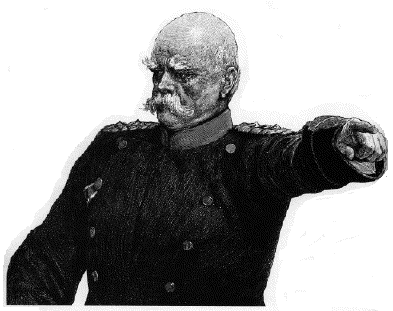Going out of Style?

As discussed both in my "War has almost ceased to exist," and in the "Policing the remnants of war" articles, I consider the general improvement in the quality of government to be a key factor in the decline of civil war. But whatever the reason for the decline, it seems possible (though far from certain) that civil war may be going out of style.
During the course of the twentieth century, Europeans came to embrace the idea, first strenuously promoted late in the nineteenth century, that they ought not to do war --- or at least war among themselves --- anymore. That perspective has held for international war on the continent now for two-thirds of a century, massively shattering all previous precedents. Civil wars in Europe were also almost unknown during that period as well, and when a set of them broke out in the Balkan corner of the continent in the 1990s, the reaction was one of amazement, something that inspired strenuous, if not always particularly effective, efforts to stamp out, or at least to contain, the conflicts. Central to the concern --- or outrage --- was a doctrine associated with British prime Minister Tony Blair: "We either stand aside and let this man conduct a policy effectively of racial genocide in a part or Europe or we say 'I'm afraid we're not going to allow that.' " Genocide and war may happen elsewhere, but not here. We simply don't do that anymore.

In like manner, it may be that something similar is happening in Africa and elsewhere. Peoples there seem to have become fed up with the civil warfare they or their neighbors have suffered in recent decades in which small numbers of thugs, often drunken or drugged, have been able to pulverize effective society through their predatory criminal antics, sometimes sustaining them for decades. In consequence of this disgust, there has been a strong willingness to accept and make effective use of outside aid and to establish effective (if hardly perfect) governments, a process that Page Fortna, among others, has interestingly explored. At any rate, the Mobutu to Mandela phenomenon discussed in the article seems to be holding, at least for now, and the number of civil wars going on in the continent remains at low levels.
There may be another way to look at all this. It may be tempting to characterize (or dismiss) the recent remarkable decline in the number of civil wars ... as a "blip." But perhaps the "blip" is in the rise in the number of such wars that took place from the 1960s to the early 1990s. As noted in the article, much of this seems to have come from rapid decolonization, which led to the creation of a host of countries that were, to put it mildly, ill-governed and therefore prime candidates, in my view, to become civil war arenas. If that is the case, it is the increase of civil war that is the historical peculiarity, and it is one based substantially on a phenomenon that cannot be repeated.
The Rambo connection is not quite as absurd as it at first may seem. There are repeated reports of combatants in Africa and the Balkans stoking up not only on booze and drugs in their lairs before beginning a rampage, but mainlining Rambo movies as well. For example, a memoir by Ismael Beah, a boy soldier in Sierra Leone, mentions this repeatedly, and one theater director in Sarajevo not entirely facetiously called for a war crimes trial for Sylvester Stallone: "He's responsible for a lot that has gone on here!" Indeed, one Serbian paramilitary unit actually called itself "The Rambos" and went around in webbed masks and black gloves with black ribbons fetchingly tied around their foreheads.
At any rate, when the latest Rambo movie came out in 2008 I checked it out and, for whatever it is worth, updated a chart I had published in The Remnants of War on the earlier Rambo films.
whatever its programmed and much escalated mayhem, however, the latest Rambo movie has yet to reverse the trend...
